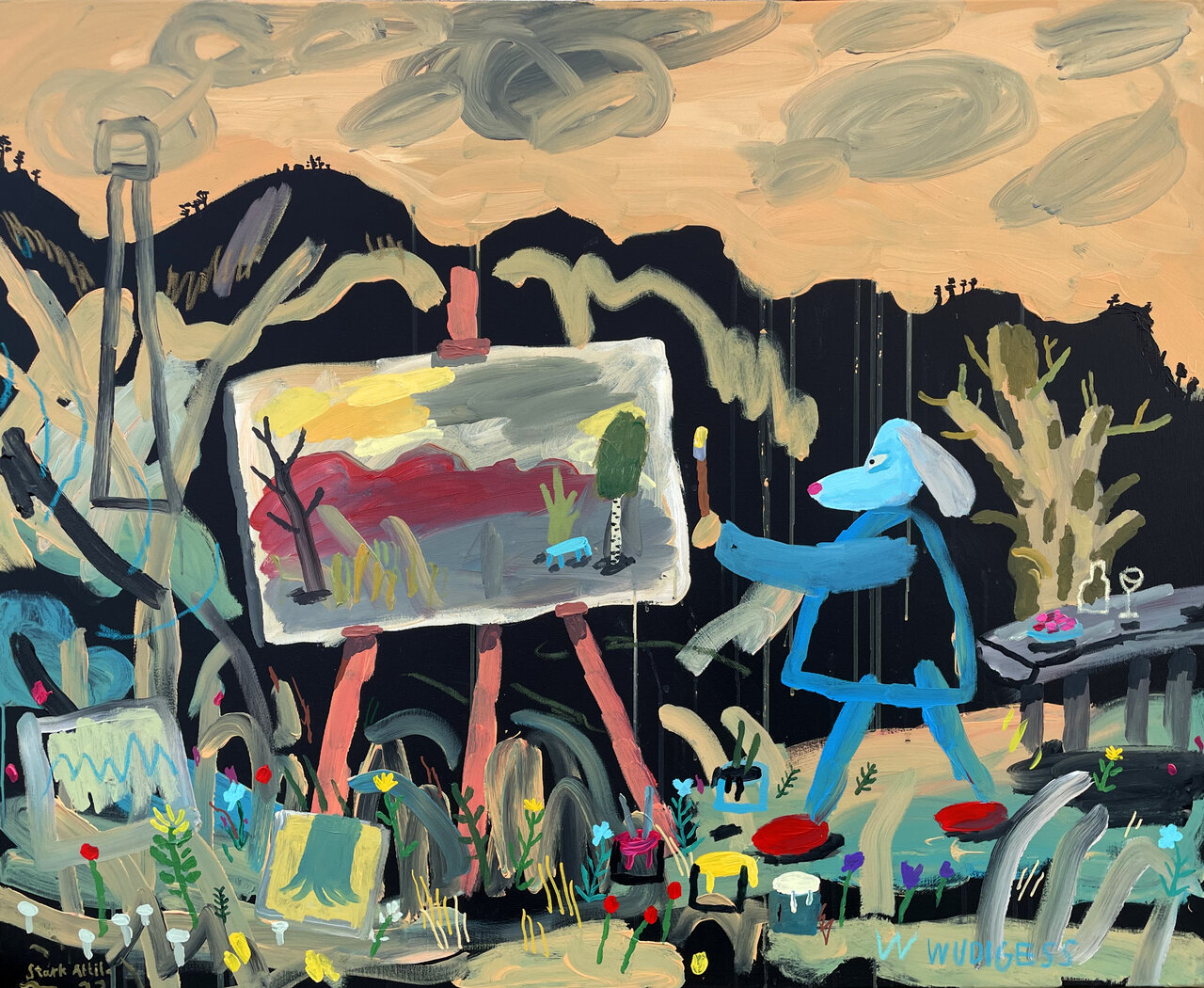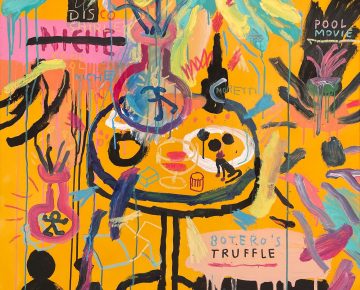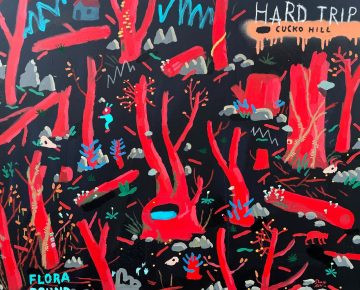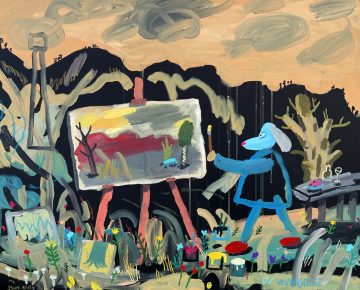Attila STARK

Attila Stark is a Budapest-based artist. He studied graphics and illustration, although, among his works we can find murals, paintings, and publications as well. He also had his own visual albums published by Roham and Symposion. His fanzines and screen prints can be found at comic book festivals both in Hungary and abroad. Through his works, we get to know his personal world, which at first was based on the metropolitan environment, but gradually, the characters and motifs developing there got into new situations. Despite being dangerous and difficult, this world is also funny and without any aesthetic boundaries or censorship, where absurdity takes over existential suffering. Perverted ponies, luscious creatures, Alfred Jarry, Raymond Roussel, William Burroughs and others can be found in his intelligent, yet brutally raw artworks. However, they don’t stay for long to avoid becoming victims of some hidden passion.
What remains to be discussed in connection with these works, because it shines through them, is the complete feeling of life that we call underground. If someone’s career starts in the world of independent comics, draws and paints club flyers and band album covers for existential reasons, was active in street art, and uses words in his work that evoke subcultures, this is on the one hand under the influence of a free visuality and artistic approach, on the other hand but you can only be successful if you yourself are a part of, an experiencer, a sympathizer of an independent music world. – Zsolt Petrányi
By the way, this painterly language can also be easily recognized by its layering: while the lower part is more defined by the painterly qualities, the upper part is determined by the graphic qualities. After the large, pasty gestures have been added, Stark reaches for a thinner brush or oil chalk, perhaps a pen or varnish felt, with which he enriches the composition with more and more layers, thickening it with details and drawing elements. And although he juxtaposes these figures side by side, in the end they give off some kind of connection, and thus a narrative is born in the mind of the viewer. – Katica Kocsis




















